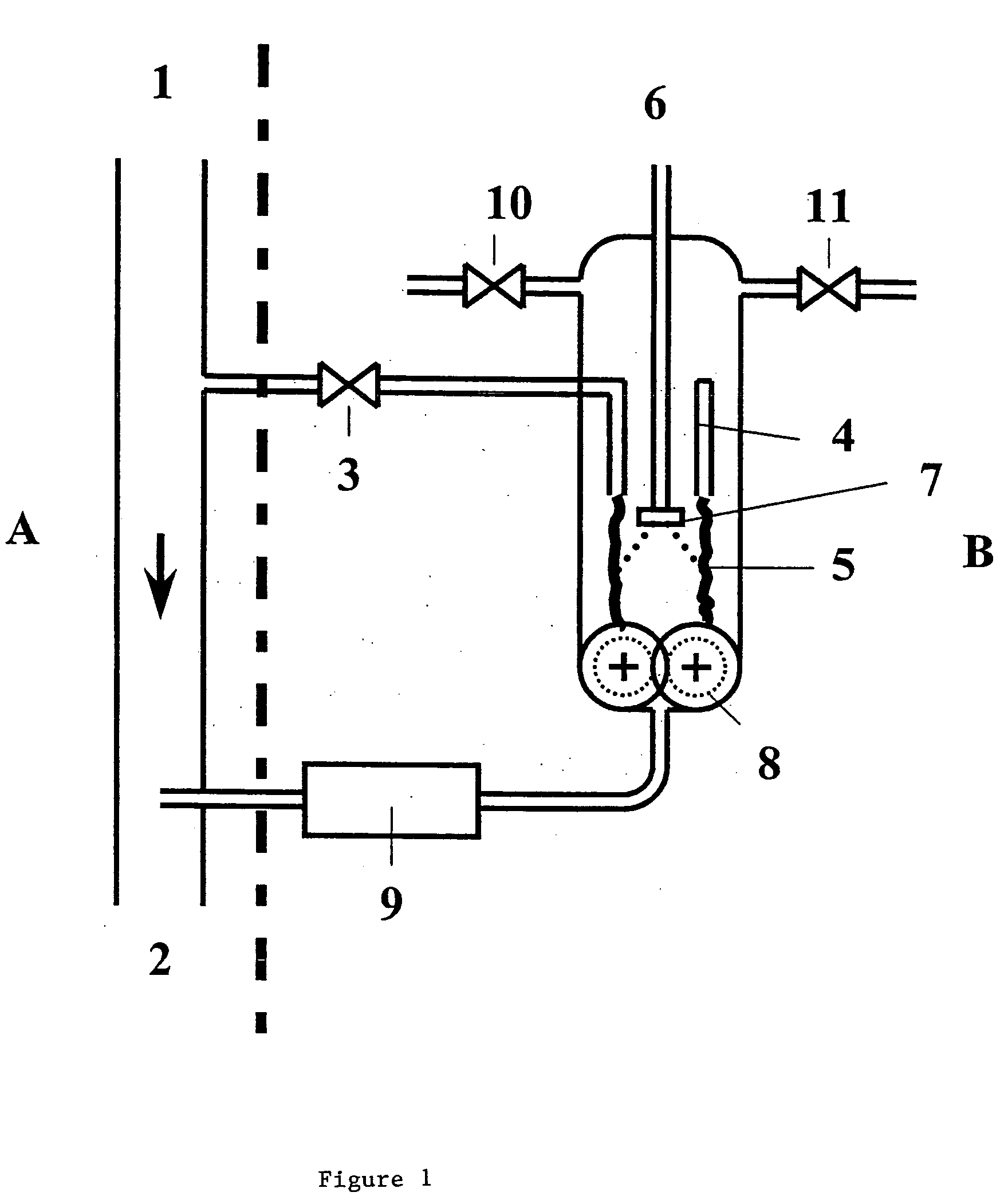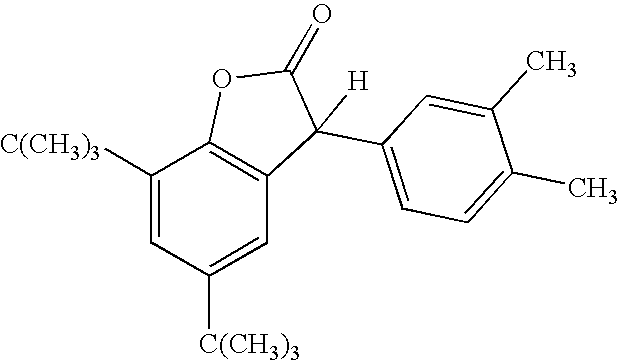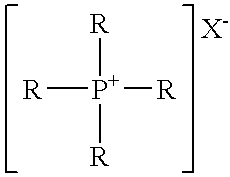Process for the introduction of additives, into polymer melts
a technology of additives and polymer melts, applied in the direction of flow mixers, rotary stirring mixers, mixers, etc., can solve the problems of additives, catalysts or inhibitors having a corrosive effect at high temperatures on the materials employed in the apparatus and equipment in which the products are used, and experiencing undesirable changes. , to achieve the effect of advantageous material properties
- Summary
- Abstract
- Description
- Claims
- Application Information
AI Technical Summary
Benefits of technology
Problems solved by technology
Method used
Image
Examples
example 1
a) Preparation of Polycarbonate Melt
[0114] 8,600 kg / hour of melt mixture consisting of 4,425 kg of diphenyl carbonate / hour (20,658 mole / hour) and 4,175 kg of bisphenol A / hour (18,287 mole / hour) are pumped from a receiver, with the addition of 0.52 kg of the phenol adduct of tetraphenylphosphonium phenolate with 65.5% tetraphenylphosphonium phenolate / hour (0.786 mole / hour; i.e. 0.0043 mole %) dissolved in 4.5 kg of phenol / hour, through a heat exchanger, heated to 190° C., and fed through a residence column at 12 bar and 190° C. The mean residence time is 50 minutes. The melt is then passed through a pressure release valve into a separator under a pressure of 200 mbar. The discharged melt is reheated to 189° C. in a falling film evaporator, likewise under a pressure of 200 mbar, and collected in a receiver. After a residence time of 20 minutes the melt is pumped into the next three, similarly constructed, stages. The conditions in the 2nd / 3rd / 4th stage are 100 / 74 / 40 mbar; 218 / 251 / 27...
example 2
[0126] A polycarbonate melt stream of 4,600 kgihour to which phosphoric acid has previously been added as in Example 1 and in which the residual monomers were reduced, is mixed with GMS (mixture of glycerol monopalmitate and glycerol monostearate) according to the process of the present invention in order to improve the mold release behavior. To this end 150 kg of polycarbonate melt / hour at 287° C. are fed from the melt line under pressure behind the production unit and through a valve to an annular nozzle of 200 mm diameter, which is located centrally in a heated pressure vessel on the floor of which is arranged a gear-type pump. 1,475 g of GMS / hour are fed from above through an externally thermally insulated lance thermostatically controlled at 90° C., at the end of which is arranged a rotating plate atomiser. The plate atomiser is introduced sufficiently far so that the sprayed GMS melt impacts only on the melt stream that is formed. Nitrogen for example is fed through a valve in...
PUM
| Property | Measurement | Unit |
|---|---|---|
| erosion | aaaaa | aaaaa |
| temperature | aaaaa | aaaaa |
| temperature | aaaaa | aaaaa |
Abstract
Description
Claims
Application Information
 Login to View More
Login to View More - R&D
- Intellectual Property
- Life Sciences
- Materials
- Tech Scout
- Unparalleled Data Quality
- Higher Quality Content
- 60% Fewer Hallucinations
Browse by: Latest US Patents, China's latest patents, Technical Efficacy Thesaurus, Application Domain, Technology Topic, Popular Technical Reports.
© 2025 PatSnap. All rights reserved.Legal|Privacy policy|Modern Slavery Act Transparency Statement|Sitemap|About US| Contact US: help@patsnap.com



